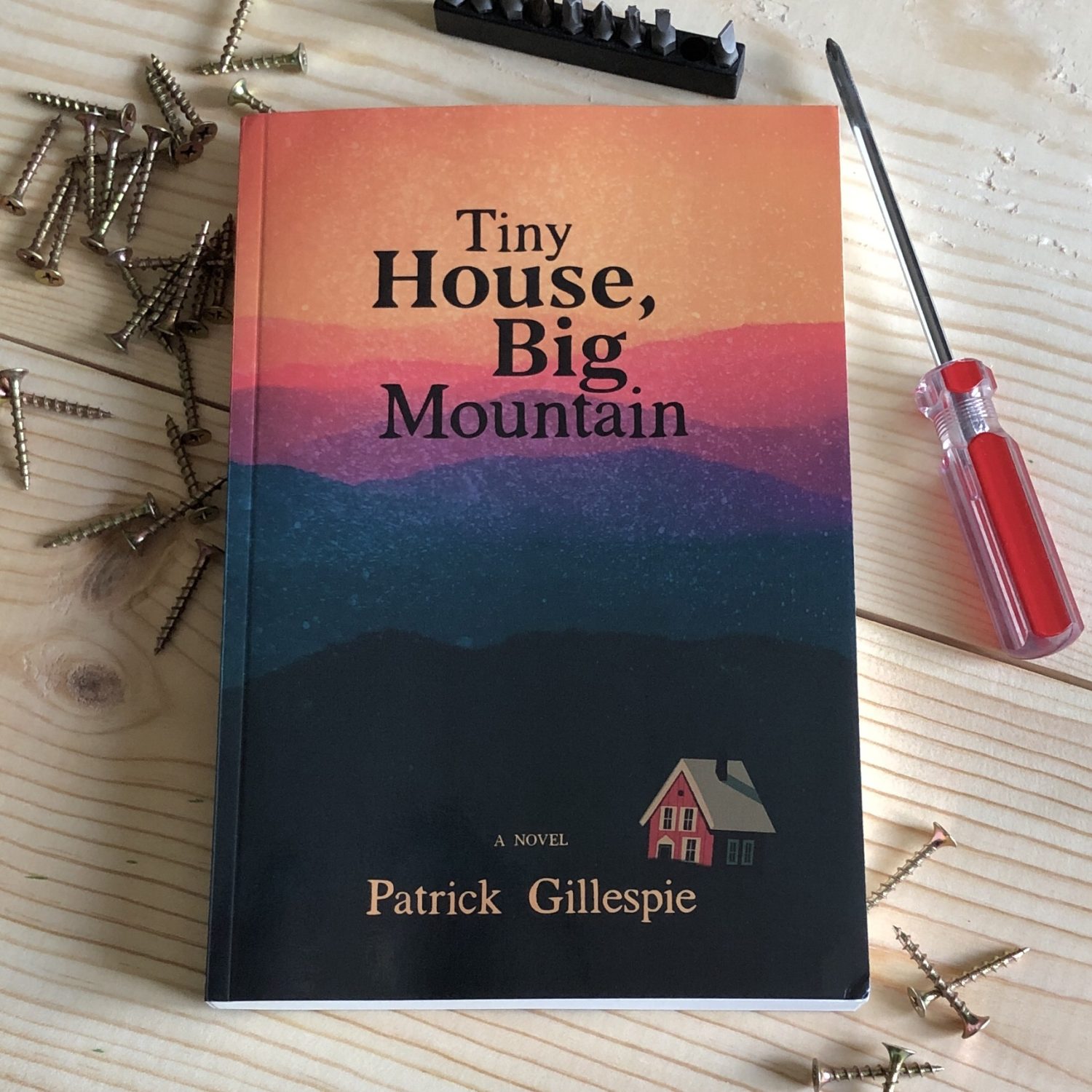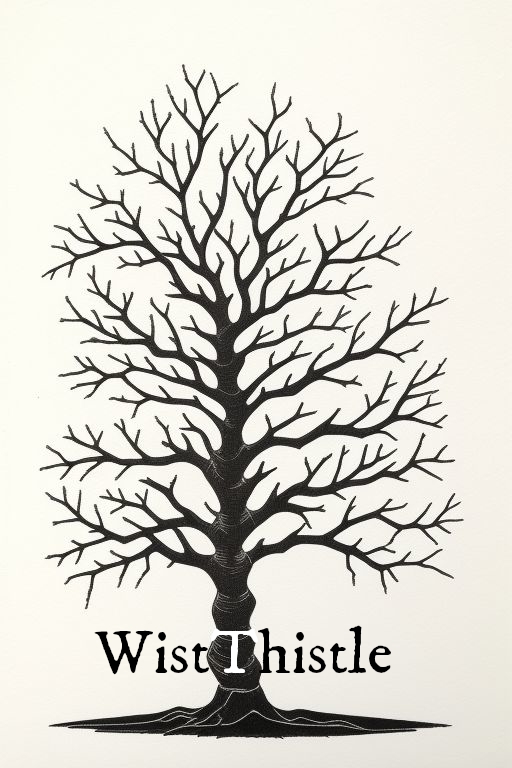This is something I wrote this morning—a tale within the tale of my second book: WistThistle: Along the Way. A little background: Éhto is the main character throughout the four books of WistThistle, like Ged in Earthsea. Duni doesn’t speak the language of Éhto, but Éhto speaks Duni’s language and is translating Duni’s story for Ímah, the brother of her husband. Duni, who is in love with Ímah, is trying to explain to Ímah, in her way, why she has made the choices she made. Part of the novel’s world building is the language itself, hence the tone of the story’s language.
Duni began with a sing-song voice, saying. “Iy’ta èþé ürio!” which meant, Speak, will I, of the raven!
Then Éhto translated. “And Raven did not always fly; and Raven was not always hoarse of voice, and Raven was not always black of eye. Raven was a beautiful woman—fair and lithesome. And it was for her beauty that men came to seize her, to possess her, to say of her that she was theirs and obeyed no other.
“Ezū’ta èþé Bodfyil!” said Duni, as though she sang, which meant, Speak, will I, of the sorcerer!
And Éhto said, “And the sorcerer, who also was a King, possessed a cape that was of black feathers. And when the cape was worn by the Sorcerer King, then did the cape become great wings that carried him to Raven. Though she did not desire him, he took her against her will. Then did she swear that she would never obey him, but would take his cape and fly away. The cape belongs to me, he answered, and should you ever wear it, then it shall tear you limb from limb. But Raven said, if I am made to obey you, then shall my heart be torn limb from limb, and so in defiance of the Sorcerer King, she put on the cape and the cape tore her limb from limb until she was only the black wings, the black beak, and the black claws of the cape. She and the cape were made one being. Then did Raven fly from the Sorcerer King, and she said, My choice! My choice and no others! But Raven still possessed her voice, and it was the most beautiful voice in all the world.”
“Éloa’ta èþé Najati!” said Duni, as though she sang, which meant, Sing, will I, of the enchantress!
And Éhto said, “The Enchantress heard of a black bird. The bird’s voice was more beautiful than any other’s. And so that she might command Raven’s voice, the Enchantress went into the forest to capture her. With a magical art that was like the gray mists of morning, she took Raven in the net of her spells. Then did Raven swear that she would never sing for her, but would escape the cage and fly away. The Enchantress said to Raven: Though you may escape the cage, your voice cannot. But Raven said, if I am made to obey you, then shall my heart also be caged, and so one day Raven flew from her cage and left behind her voice. Then when she spoke, her noise was a hoarse caw, and yet her voice, still within the cage, spoke aloud, saying, My choice! My choice and no others!”
“Uéi otoza’ta séða!” said Duni, almost in song, for with her speech she kept rhythm with a hand on her flank, which meant, Here me, I speak of Death.
And Éhto said, “All living things know and fear death—all but Raven! When death came, Raven was unafraid. The moth hid among the thorns. The skoko burrowed into the earth. The mother fled with her child. The harvestman abandoned his field, but Raven did not fly away. Raven waited even as the winds turned black the leaves, and swept them away. Then Death stood beneath Raven, holding before him the cage made by the Enchantress, for he had long ago claimed the Enchantress, saying: Hear me, Raven, I come now to carry you away. And Raven answered: If I obey, O Death, my spirit shall be caged forevermore. And then—for Raven felt Death’s chill upon her—she flew into into the hollow of death’s left eye, to see what was to see within death’s skull; and there she saw an infinity of great beauty—the stars, sun and moon of our and every world— for all that we see and know is conceived of and known by Death. Raven was greatly moved, but she would not let her spirit be trapped in Death’s cage. She took out her eyes, hiding one by the emptiness of Death’s left eye and the other by Death’s right eye. By this means was her spirit able to find her way back to life. By this means, through Raven’s eyes, do we all, for when Death calls, our spirits fly into Death’s left eye and return anew—remade and reborn—through Death’s right eye. And thus it was that Raven flew out of Death’s right eye and returned to the limb of the tree—reborn and with eyes as black as Death. My choice! she cried. My choice and no others! Death bowed and put aside the cage. And so it is that Raven alone, having traded her eyes for Death’s, remembers the many lives that she and all of us have lived. That is Raven’s wisdom.”




